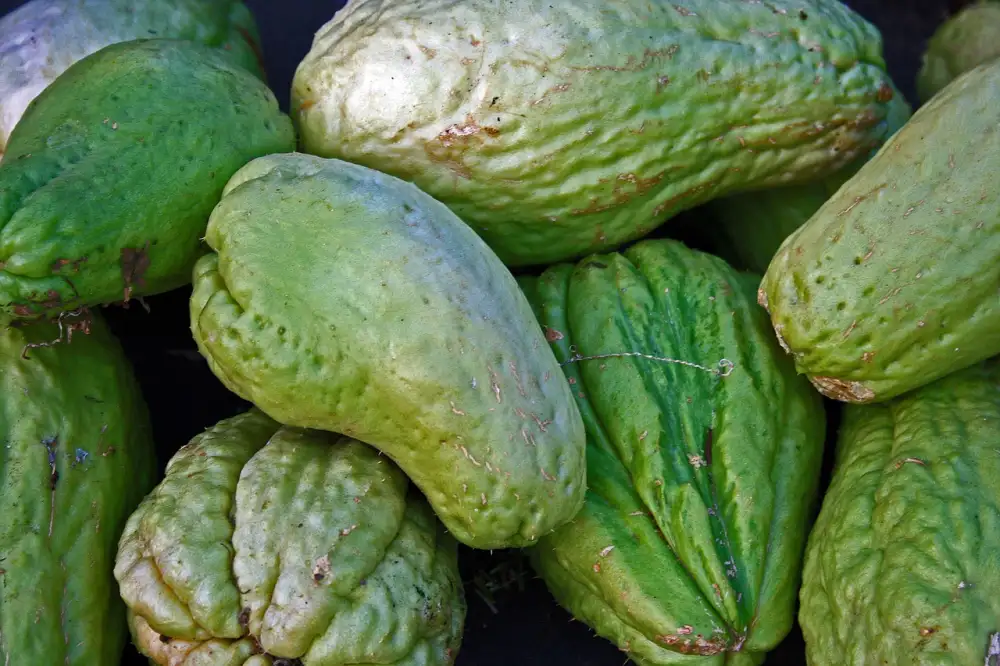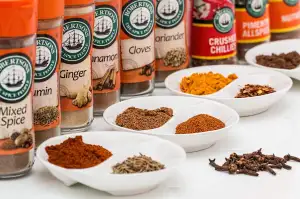Discover the Versatility of Chayote Squash: A Delightful Addition to Your Culinary Repertoire

Chayote squash, also known as vegetable pear or mirliton, is a versatile and delicious addition to any culinary repertoire. With its mild flavor and crisp texture, chayote squash can be used in a variety of dishes, from salads and stir-fries to soups and casseroles. This unique vegetable is native to Mexico but is now cultivated in many countries around the world. Its popularity is growing due to its numerous health benefits and ability to enhance the flavors of other ingredients. Whether you're a seasoned chef or an adventurous home cook, chayote squash is sure to delight your taste buds and broaden your culinary horizons.
Origins and cultivation of chayote squash
Chayote squash, also known as vegetable pear, is a versatile and delicious ingredient that has been enjoyed for centuries. Originating from Central America, chayote squash was cultivated by the ancient Aztecs and Mayans. Today, it is grown in many tropical and subtropical regions around the world.
The cultivation of chayote squash is relatively easy, making it a popular choice for home gardeners and farmers alike. It thrives in warm climates with plenty of sunlight and well-drained soil. The plant produces vine-like tendrils that can reach up to 30 feet in length, making it an excellent choice for vertical gardening.
Chayote squash plants produce both male and female flowers, which are necessary for pollination. Bees and other insects play a crucial role in this process. Once pollinated, the fruit begins to develop and can be harvested when it reaches maturity. The fruit is typically green or pale yellow in color with a smooth skin and a shape similar to a pear or apple.
In addition to its popularity as a food crop, chayote squash is also valued for its medicinal properties. It is believed to have diuretic properties and may help regulate blood pressure and promote healthy digestion.
With its rich history and widespread cultivation, chayote squash has become a beloved ingredient in many cuisines around the world. Its mild flavor makes it a versatile addition to both savory and sweet dishes. From soups and stews to salads and stir-fries, there are endless possibilities for incorporating chayote squash into your culinary repertoire.
Whether you're looking to experiment with new flavors or simply want to add more variety to your meals, chayote squash is sure to delight your taste buds. So why not embrace this unique ingredient and embark on a flavorful journey through the world of chayote squash?
Nutritional benefits of chayote squash
Chayote squash, also known as vegetable pear or mirliton, is not only a versatile ingredient in the kitchen but also a nutritious addition to your diet. Packed with essential vitamins and minerals, chayote squash offers numerous health benefits. It is low in calories and fat, making it an excellent choice for those watching their weight. Additionally, it is a good source of dietary fiber, which aids in digestion and promotes a healthy gut. Chayote squash is rich in vitamin C, an antioxidant that boosts the immune system and supports collagen production for healthy skin. It also contains potassium, which helps regulate blood pressure levels. Incorporating chayote squash into your meals can provide you with these nutritional benefits while adding a delicious twist to your dishes.
Culinary uses and versatility of chayote squash
Chayote squash is a versatile ingredient that can be used in a variety of culinary creations. Its mild flavor and crisp texture make it a perfect addition to salads, stir-fries, soups, and stews. It can be cooked or eaten raw, adding a refreshing crunch to any dish. Chayote squash can also be stuffed, baked, or grilled for a delicious and healthy alternative to traditional stuffed vegetables. Its versatility allows it to be paired with a wide range of flavors and ingredients, making it an exciting addition to your culinary repertoire.
Popular recipes featuring chayote squash
Popular recipes featuring chayote squash include chayote stir-fry, chayote salad, and stuffed chayote. In the stir-fry, thinly sliced chayote is sautéed with garlic, onions, and your choice of vegetables or protein. The salad combines diced chayote with tomatoes, cucumbers, and a tangy dressing. Stuffed chayote involves hollowing out the squash and filling it with a flavorful mixture of ground meat, herbs, and spices before baking it to perfection. These recipes showcase the versatility of chayote squash and its ability to enhance any dish with its mild flavor and crisp texture.
Tips for selecting and storing chayote squash
When selecting chayote squash, look for ones that are firm and free from blemishes or soft spots. The skin should be smooth and pale green in color. Avoid chayote squash with wrinkled or discolored skin.
To store chayote squash, keep them in a cool, dry place such as a pantry or refrigerator. They can last for up to two weeks when stored properly. If you want to extend their shelf life, you can blanch and freeze them for later use.
Remember to wash the chayote squash thoroughly before using it in your recipes. You can peel the skin if desired, but it is not necessary as the skin is edible and adds texture to dishes.
By following these tips, you can ensure that your chayote squash stays fresh and ready to add a delightful touch to your culinary creations.
Conclusion: Embrace the flavors of chayote squash in your culinary adventures. With its mild taste and versatile nature, chayote squash is a delightful addition to any dish. Whether you roast it, sauté it, or incorporate it into soups and stews, this humble vegetable adds a unique touch to your meals. Its nutritional benefits make it even more appealing, providing a good source of vitamins and minerals. So why not explore the world of chayote squash and let its flavors enhance your culinary repertoire? Get creative in the kitchen and discover the endless possibilities that this versatile vegetable has to offer.
Published: 08. 12. 2023
Category: Food



